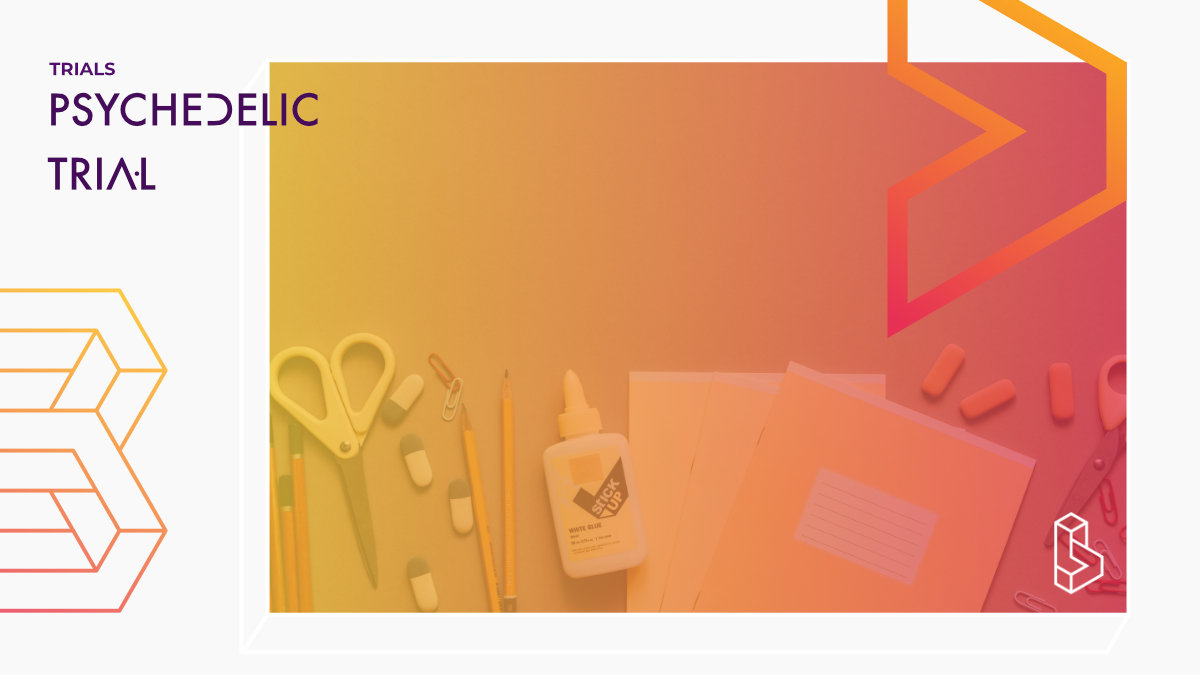The main goal is to compare the antidepressant effects of psilocybin and ketamine in patients with TRD versus the antidepressant inactive substance midazolam. The primary endpoint will be the antidepressant effect on the Montgomery- Asberg Depression Rating Scale (MADRS) 24 hours after treatment, the key secondary endpoints being the duration of antidepressant effect, the number of responses and remissions, and the time to standard antidepressant treatment during 3 months of observation.
The exploratory part of the study aims to monitor changes in the functional brain states using simultaneous EEG / fMRI, before treatment versus 1 day and 1 week after. Based on literature data and recent data from healthy volunteers who participated in a previous study with psilocybin, the investigator will correlate the antidepressant effects of drugs (using psychometric scales and reactions to emotionally salient stimuli (eye-tracker)) with entropy and functional connectivity measures. Finally, the investigator will explore the role of plasmatic neurobiological biomarkers in depression (BDNF, prolactin, ACTH and oxytocin).
Trial Details
Trial Number
Sponsors & Collaborators
National Institute of Mental HealthThis company doesn't have a full profile yet, it is linked to a clinical trial.
Measures Used
Montgomery-Asberg Depression Rating ScaleA ten-item diagnostic questionnaire used to measure the severity of depressive symptoms in patients with mood disorders.

